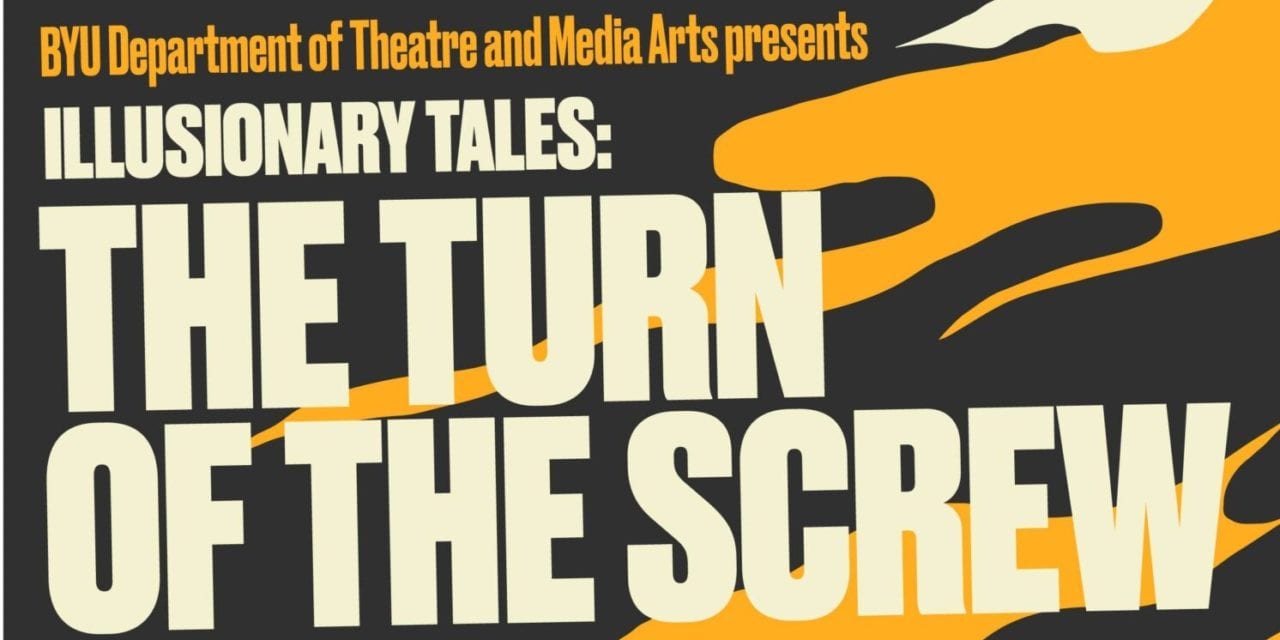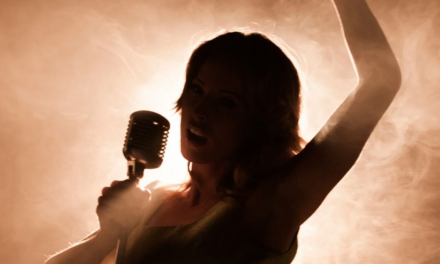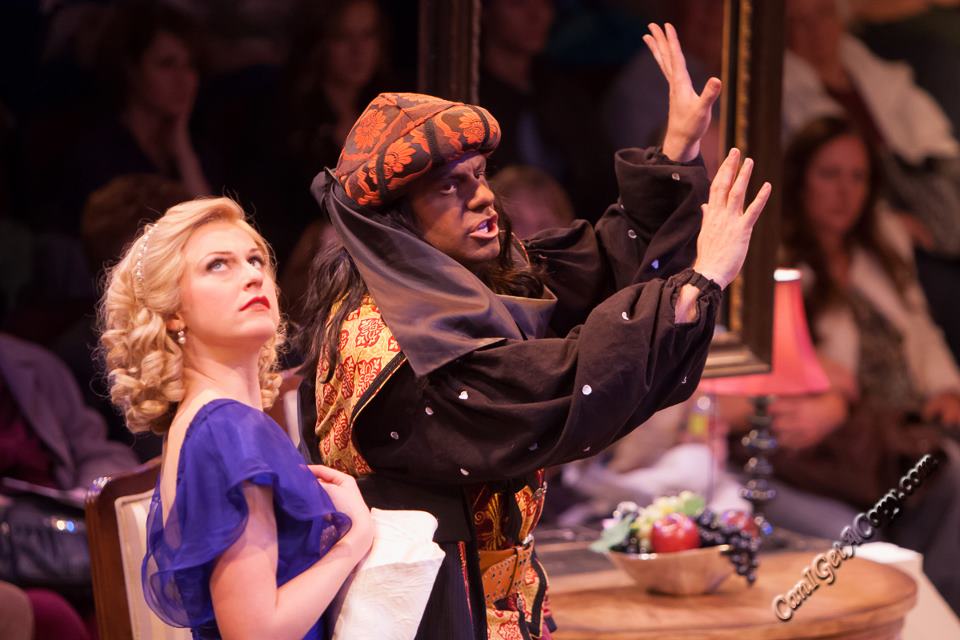PROVO — Throughout the story of The Turn of the Screw, there is a persistent question of whether the governess is seeing ghosts or losing her mind. While watching the streaming production of an adaptation of this production from BYU’s Department of Theatre and Media Arts, I wondered the same thing about myself. An innovative approach to theater in the time of Covid-19 did not translate into an adequate streaming production.

Show closes April 10, 2021.
In the realm of classic horror, no story is more iconic than Henry James’s The Turn of the Screw. It has been adapted into several stage works, an opera, and several movies and television versions. The most classic version of this story was the 1961 movie The Innocents starring Deborah Kerr. I saw this as a young boy on the Big Money Movie one afternoon and was never quite the same again. The story centers on a troubled young governess who is hired to watch over two young children in a remote and desolate mansion. She is an unwelcome resident by the housekeeper and is told several salacious stories of the previous governess, Miss Jessel, and her relationship with another former employee, Peter Quint, and their ties to the children. This creates an increasingly troubled relationship between the governess and the children, particularly once the governess begins to believe that the house is haunted by the spirits of Miss Jessel and Quint.
BYU’s production was created as a small cast show to take to the Edinburgh Fringe Festival. Director David Morgan‘s script stays very true to the original James novella, and is handled very well. Due to restrictions of the current pandemic environment, this production uses one actress, Ondine Garner as the governess, alone on stage while the other characters and actors are either shown through live projections or previously filmed video segments that are projected onto the set. It is a very original and extremely creative approach to presenting the play. The other actors were being filmed and projected live from another stage in the theater complex, while the children had been pre-filmed. They also used a technique called Pepper’s Ghost (an old technique that many audiences may have seen at Disney’s Haunted Mansion) to display the ghosts of Miss Jessel and Quint into the play.
Garner does an excellent job of acting and interacting alone on stage with the various projections and video elements. She maintains a consistent arc to the character, as the governess slowly loses her grasp on reality. Bryn Allred as Mrs. Grouse, the housekeeper, had challenges of her own having her entire performance being projected to the set. Her north country accent was a bit uneven, with some sections of dialogue being almost unintelligible. And unfortunately for her, the character is unevenly written with moments of extreme care for the governess offset with very harsh rebukes that seem to turn on a dime.
The video segments directed by Nathan Young were incorporated well into the production and involved aspects of technical direction not usually called for in most stage productions, such as color correction and matching lighting between two distinct spaces. This was handled quite adeptly throughout this production. However, Pepper’s Ghost was less impressive than the projections, and it was hard to tell exactly when it was being employed.
The downfall of the whole presentation was the streaming quality. Throughout the evening, the production had jumps and repeats where the action would occasionally jump several seconds ahead and some of the story would be lost, or most often, the stream would jump back and replay several seconds of the dialogue just presented. The worst case of the jumping ahead occurred at a rather intense dramatic scene at the end where it was unclear at first who was interacting with whom. If I were not as familiar with the story of The Turn of the Screw, it would have been almost unwatchable.
Having said all that, BYU’s The Turn of the Screw is a very creative production and one that, hopefully, will not suffer these issues in the remaining presentations of the show. This particular mode of presentation will not likely be seen again once restrictions are lifted, and it is a creative approach to theater during a pandemic. It’s just unfortunate that the technical issues marred an otherwise excellent production.





